
“It’s ridiculous, because we are all entitled to safe public transportation.” These are the words of Los Angeles musician Sofia DiStefano and they hurt because they’re true and because too many women understand precisely why she said them. Public transit, in principle, should be the most convenient, the most cost-effective, the best-for-the-environment way to get around. In reality, for many women, it is a prelude to a mental checklist of cautions before they even step onto a platform.
The numbers are unnerving: 75% of women, says a New York University poll, have been robbed or harassed on the subway, compared to less than half of men. And in Los Angeles, nearly half of the women surveyed by LA Metro indicated crime, carnal harassment, and safety as the primary reasons they do not ride buses and trains. And these are not statistics these are lived moments, from being stalked car to car on a train to being touched without consent in crowded areas.

In urban centers everywhere, women are comparing the aggressive, sometimes extreme measures they’re taking just to feel safe to the workplace. These are seven of the most common and revealing techniques women are using, and what they shed light on regarding transit safety.
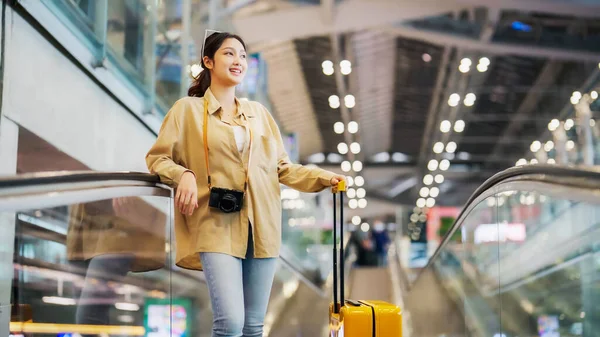
1. Trust in Instincts Above All
For most women, gut instincts aren’t intuition survival mechanisms. Rachel Ann Thomas, a Chicago actor and dancer, credits her parents with teaching her this early on: “Trust your gut. If you go into some place and something doesn’t feel right, just leave. Your gut is never wrong.” That means being willing to change plans along the way, skip a train, or exit a station if it doesn’t feel right.
Her personal safety bible also includes traveling in twos whenever possible, never venturing out alone after 10 p.m., and projecting confidence talking and moving as if one’s awake and ready to voice dissent. And if voicing dissent means being a drama queen? She insists: it could save your life.

2. Staying Hyper-Aware Even When Tired
Columbus, Ohio, resident Champagne Braswell puts it simply: women don’t have the luxury of zoning out on transit. “We always have to keep our head on the swivel,” she says. That includes minimizing distractions such as keeping headphones low enough to hear what’s going on around you and checking your surroundings periodically.
This cautious vigilance is mentally draining, but it’s also an acquired adaptation to environments where harassment can quickly spin out of control. It’s a caution that safety isn’t just a matter of where you are, but also how aware you are of others around you.

3. Choosing Well-Lit, Staffed Transfer Points
Nighttime riding can be especially hazardous, and to avoid that, Bay Area performer Kelda Williams plans her trips with care. She rides on lit, staffed transfer stations, boards non-last trains where possible, and carries a personal alarm. “When women are forced to consider safety risk just in order to get around, it chokes at opportunity and liberty,” she states.
Her approach captures a broader truth in international mobility research: infrastructure design like light, visibility, and attendance can affect directly whether women feel safe enough to use public transport at all.
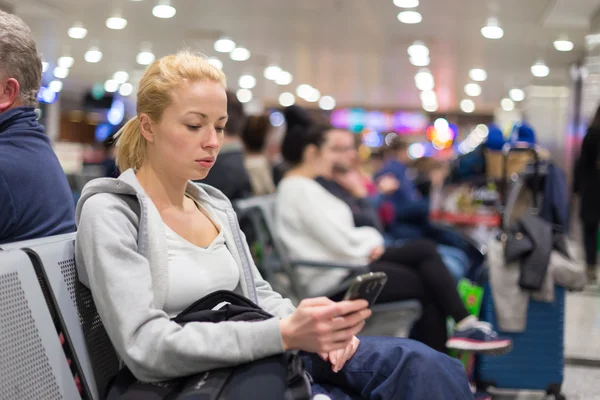
4. Sitting Strategically for Safety
Where you sit can make all the difference in a ride. Portland resident Suzy Liss is mindful of sitting beside a driver or in plain view of an operator. If not, she chooses an aisle seat to discourage unwanted travel mates, but scoots over if someone actually needs the seat.
She also takes the shortest route at night, even if it means a longer walk home, so that she does not have to remain alone at stops. Though she has had positive experiences with her local transit drivers, her choice of seat is a quiet but constant reminder that safety decisions too frequently start prior to the actual trip.
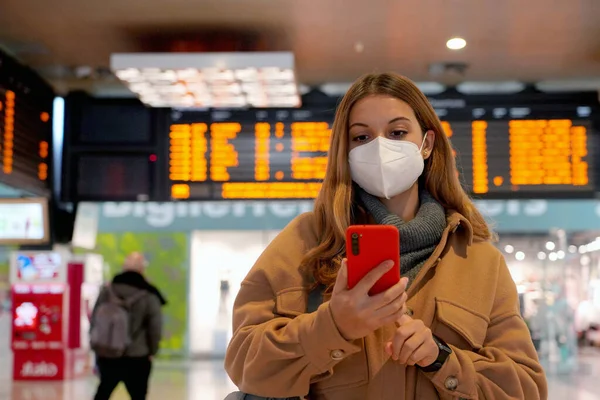
5. Real-Time Location Sharing
For Mohuya of New York City, sharing location is not a choice. Having previously been followed home, she immediately ducked into a busy grocery store and now always shares her live location with a friend. She also takes screenshot shots of directions beforehand so she doesn’t appear lost and have a contingency plan if cell service begins to drop.
This tech-assisted safety habit is part of a growing trend: using smartphones not just for navigation, but as lifelines that keep someone in the loop about your whereabouts until you’re safely home.
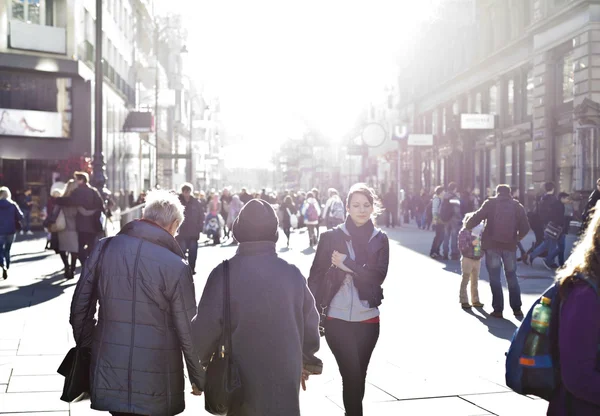
6. Staying in Crowds and Carrying Protection
Philadelphia’s Alexandria Buscemi discovered at an early age that there is power in numbers. She keeps close to groups, especially when traveling by herself, and recommends carrying some form of self-defense tool like pepper spray or a Taser charged, if needed.
Her recommendation is echoed by findings from international transit safety research that show women adapt routes or timing so as not to travel alone, even if it costs inconvenience or additional cost.

7. Navigating the Big Picture and the Pink Tax
Along with personal solutions, there is a systemic cost of unsafe transit. Women are three times more likely than men to feel anxious about safety when riding public transit, leading many to take pricier alternatives like ride-hailing or driving instead. This so-called “pink tax” is additive, especially for caregivers and individuals with multiple daily stops.
Some planners, like NYU’s Rudin Center’s Sarah Kaufman, point out that better lighting, mother-friendly fare planning, and accessible station design are not amenities they are necessities. Without them, women’s safety precautions will be private issues, not public ones.
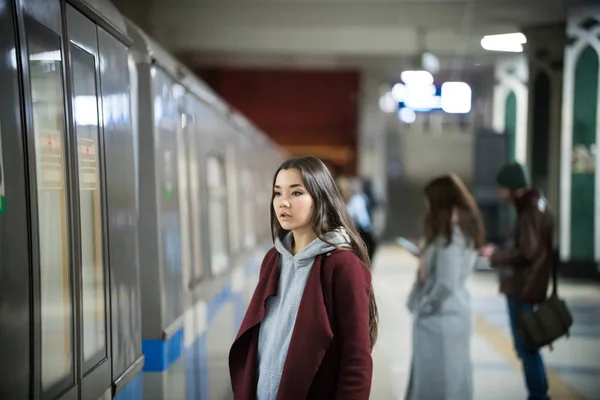
These precautions smarter and often effective as they are are also a reminder of the unequal mental and emotional burden women carry just to get from point A to point B. The fact that there are so many who have become experts in these rituals speaks to resilience, but to a public transportation system that has a long way to go. True safety shouldn’t be left in the hands of aisle seats, personal alarms, or a friend plotting your whereabouts it should be in the ride itself.


